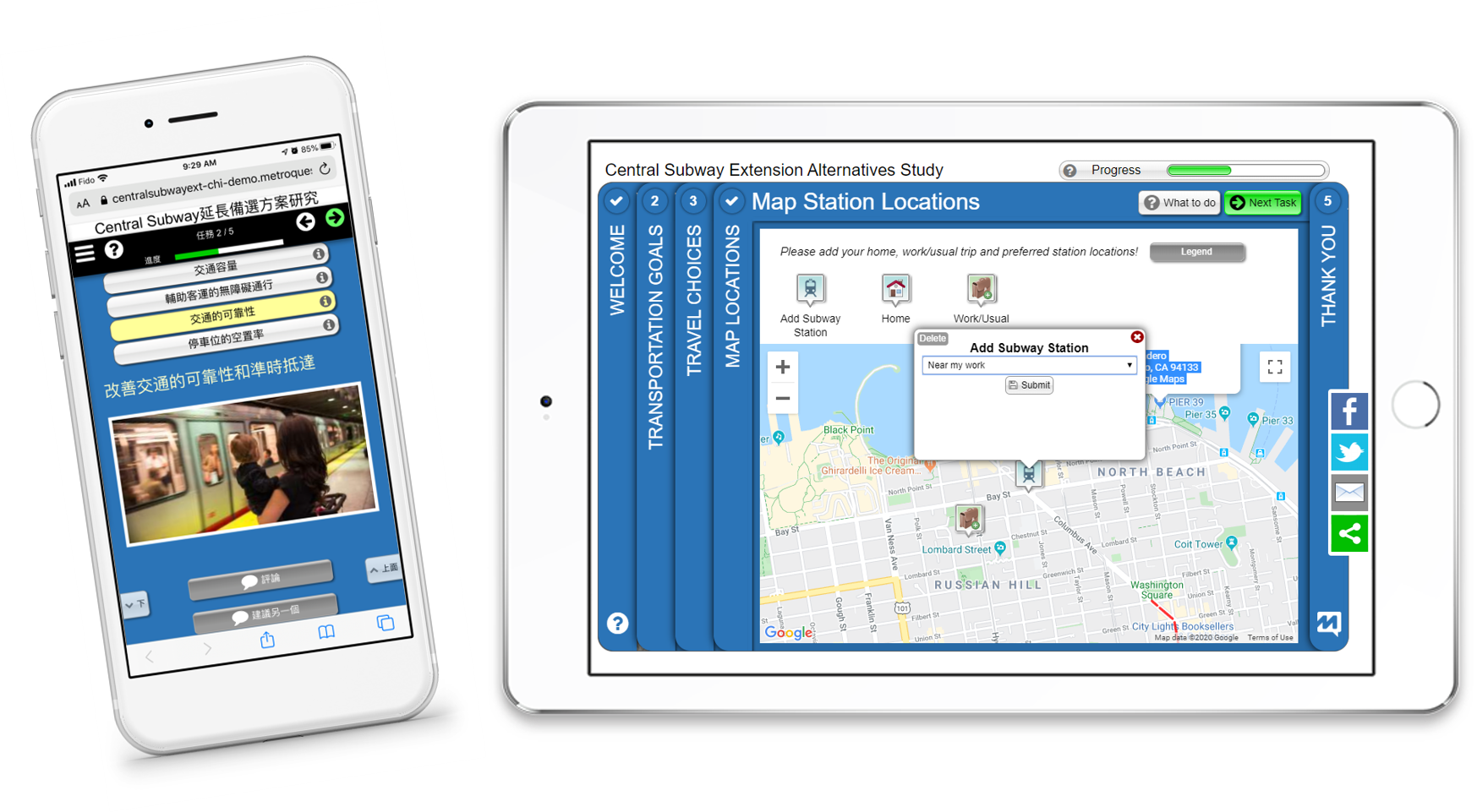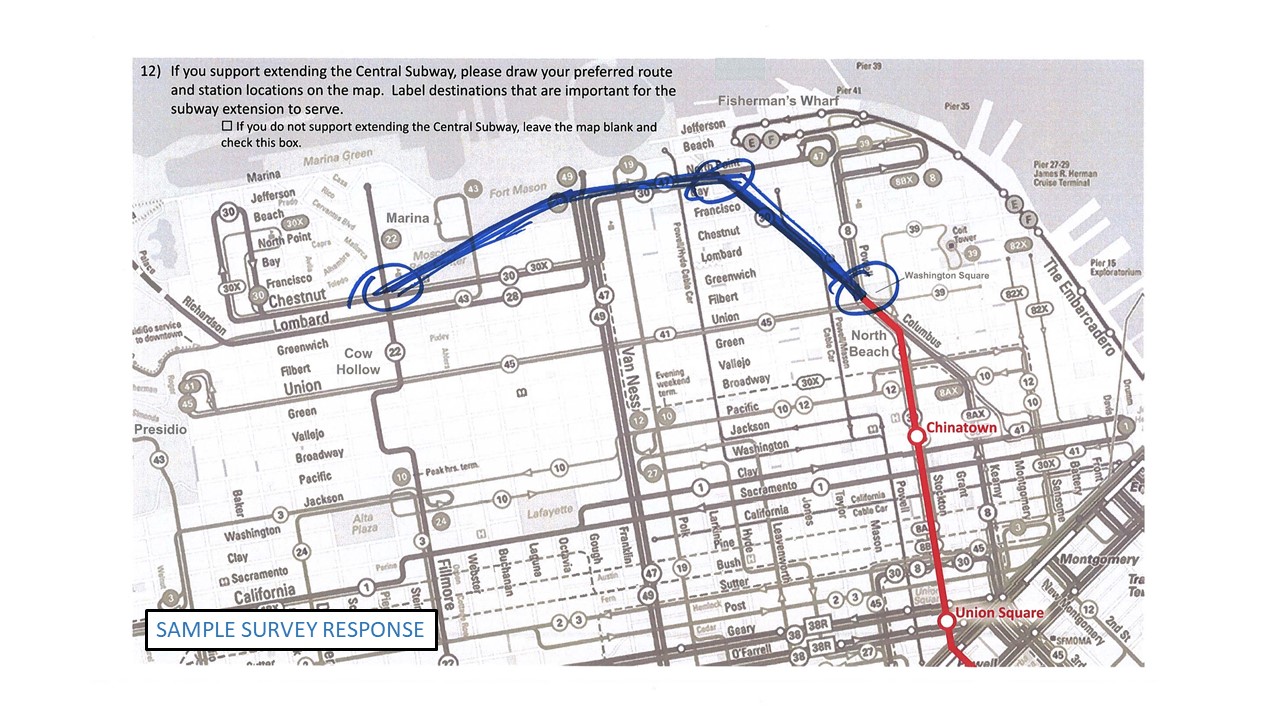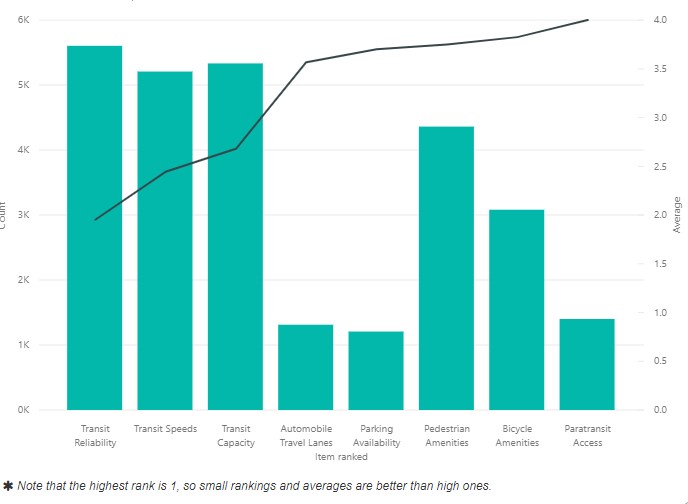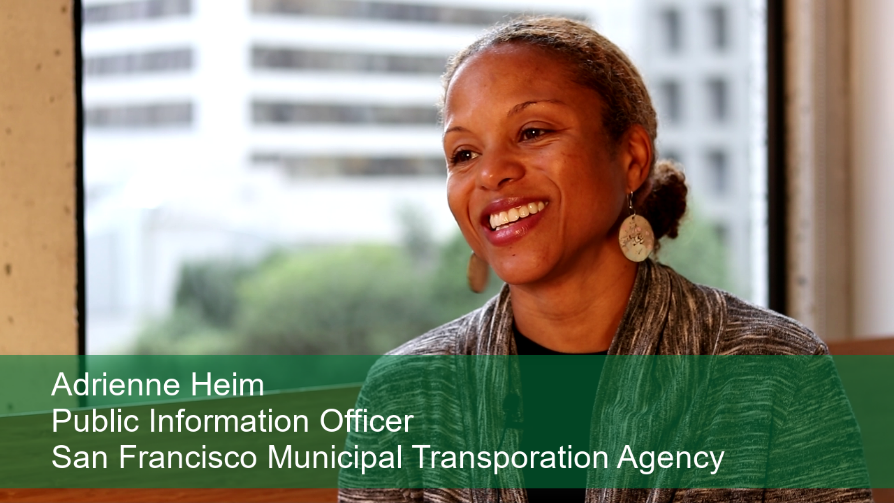Increased Public Participation in Transit Planning Builds Support for Sustainable Transportation

From the very beginning, we at MetroQuest have made it our mission to deliver great online public engagement experiences that broaden outreach to meaningfully include the public in planning more livable places and moving more people. We always love to see great online surveys used to engage the public in transit planning!
After all, it’s perfectly logical to collect community input since transit is a public transportation system, by definition, designed to move the public. Indeed, community engagement is a critical aspect of the transit planning process, and we have some a few tips and success stories to inspire you.
Tip #1: Increase public participation by engaging the public online.
Transit agencies are particularly brilliant at increasing public participation by extending their outreach programs online. They have a captive audience! While transit goers are not likely to get on the bus or subway to attend a public meeting, they will certainly give agencies five minutes of their time to take a survey from their mobile phone. Online surveys make it easy to engage the public where they are – on their devices, while riding on transit or from the comfort of their homes. We’ve seen transit agencies, from coast to coast, successfully engage thousands online, again and again.
Tip #2: Collect public input early in the transit planning process.
It’s important to engage the public early in the planning process, providing people with information and giving them the opportunity to offer feedback. In order to get buy in and gauge interest in a specific public transportation option, for example, it’s crucial that the community learns of its benefits, drawbacks, or tradeoffs before any major planning occurs. This allows planners and decision makers to understand the public’s needs, priorities, and interests to build alternative transportation scenarios.
Tip #3: Use new ways to reach traditionally underrepresented groups.
Transit agencies from LA Metro to New York’s MTA are successfully increasing equity and dramatically broadening outreach with online surveys and promotions. Using Facebook and other social media as a promotional channel helps agencies reach groups that aren’t likely to attend a public meeting.
By engaging traditionally underrepresented groups – including all ages, ethnicities, and incomes – online surveys allow transit agencies to better understand public priorities and design transit to truly meet the needs of people who need it most.
Broad public input is uncovering public preference for sustainable transportation options, including light rail.
Perhaps what’s most interesting about public engagement is the results themselves – increased public support for transit and hundreds of thousands of data points to build data-driven transit plans. What public input tells agencies in turn helps planners and decision makers focus on the options that receive the most public support.
Light rail, one of these options, is fast becoming a popular public transportation favorite and the benefits are wide ranging. According to the Federal Transit Administration, transit in general plays a vital role in contributing positively to sustainability efforts. Rail, more specifically, has a number of environmental benefits, including:
- Improved air quality, since most rail transit emits little or no pollution;
- Reduced greenhouse gas (GHG) emissions; in fact, light rail produces 62% less GHG than an average single occupancy vehicle;
- Overall energy savings due to a lower use of fuel;
- A decreased need for infrastructure for and manufacturing of vehicles;
- Reduced congestion, which makes life easier for travelers and positively contributes to improved air quality, reduced GHG emissions, energy savings, and fuel savings;
- More compact development, which leads to land conservation as well as decreased travel demand;
- Economic development; and,
- Greater access to affordable mobility.
Sustainability is a hot topic for most communities. But if planners don’t ask, it’s difficult to uncover definitively what the public wants.
Let’s look at a case study from the East Coast. Hillsborough MPO in Florida recently used a MetroQuest survey (you can try the demo here) to engage 9,575 residents, who provided nearly 236,000 data points of public input. This data was instrumental in uncovering new insights into local transportation needs and preferences. In an 4-minute interview, the agency’s Executive Director, Beth Alden, shared her delight in uncovering broad public support for light rail:
“There was so much interest in passenger rail as an option in this survey. I was kind of surprised. And, what that means is we get to keep that kind of technology on the table as we move into our Long Range Transportation Plan.”
By broadly engaging the public and gathering such amazing amounts of data, Hillsborough MPO discovered that their local community hugely supports light right as a public transit option. This information is allowing them to confidently create transit plans that reflect public opinion.
In San Francisco, SFMTA increased public participation involving 8,100+ in support of its Central Subway Extension Alternatives Study.
On the West Coast, San Francisco has already capitalized on the benefits of light rail with its extensive Muni Metro network, the third busiest light rail system in the United States. Faced with projected growth of nearly 1,000,000 residents by 2049, the need to expand their public transit system is becoming ever more critical.
Recently, the San Francisco Municipal Transportation Agency (SFMTA) used MetroQuest as their digital community engagement survey to inform the public of a possible extension to the Central Subway route. The team needed to gauge the public’s priorities and support for the project. Their survey was part of the preliminary analysis of their forthcoming Central Subway Extension Alternatives Study.

The goal of SFMTA’s project team was to increase public participation beyond the initial on-the-ground community outreach. In a recent interview, Adrienne Heim, Public Information Officer at SFMTA, described the efforts, “Last year we went out to merchant and neighborhood groups to discuss the study, ask people how they got around the city of San Francisco, their transportation goals, and how the study could incorporate or support some of those goals. That included gathering ideas for routes and station locations.”

On the ground efforts resulted in the completion of 129 paper surveys. Adrienne next described how going online increased public participation by over 62,000%,
“The survey results were amazing and well beyond our expectations. Within three days of deploying MetroQuest, we received 1,000 responses, and towards the end of the survey, we received 8,137!”
The survey cleverly asked about transportation goals to get a picture of what the public valued. Respondents who supported travel reliability and capacity building to reduce crowding supported the extension. Fewer prioritized such investments as preserving on-street parking or car travel lanes – these respondent preferred more infrastructure for cars and personal vehicles. Additional goals included accessibility and active transportation, namely bicycle and pedestrian amenities. SFMTA was pleased to share the results with the public, with overwhelming support for transit:

The survey continued to ask about travel choices, such as current travel modes, as well as questions about the extension itself and potential routes. It then provided a map for supporters to concretely identify their origins and destinations, as well as preferred new station locations before wrapping up with demographic questions and additional information about the project.
“Having the ability to disperse our survey quickly and easily online was greatly beneficial to us,” explained Tracey Lin, Deputy Project Manager. “Our survey was also built for mobile engagement thanks to MetroQuest, and it was easily accessible to stakeholders from all over the city who are interested in our project.”
All in all, SFTMA collected 148,405 insightful data points to inform their transit plan, and 13,737 public comments to give context to specific feedback.
“The way that we could structure questions through MetroQuest allowed greater feedback and input, enabling a more robust planning analysis,” concluded Adrienne. “Those 8,137 survey responses allowed us to confirm that most respondents want a subway that goes beyond the Northern Terminus and a little bit towards the West.”
The Central Subway will be a long-term investment in a transportation system that will meet the needs of growing populations in a sustainable way. It is estimated that the Central Subway will serve 35,000 customers daily when it opens!
While a concept feasibility study from 2015 showed that an extension is technically possible, it didn’t show what the public preferred, which is why a four-step alternatives study is currently underway to understand the desirability of the extension, as well as to determine goals, possible routes, and station locations that will best serve the community. We’re thrilled MetroQuest could help.
For more on this outstanding success story, play Adrienne’s 3-minute video interview here:

If you’re looking for the best way to celebrate International Women’s Day 2020, you can also dive deeper into this success story with the webinar: Celebrating Brilliant Public Engagement by Women in Transit Planning with SFMTA. Thank you Adrienne and Tracey for celebrating #IWD2020 with us this year and congratulations on your outstanding achievements!
